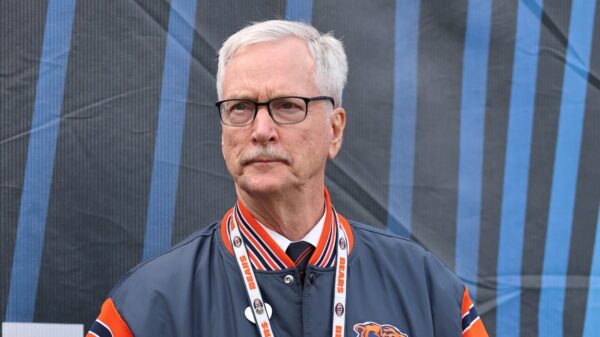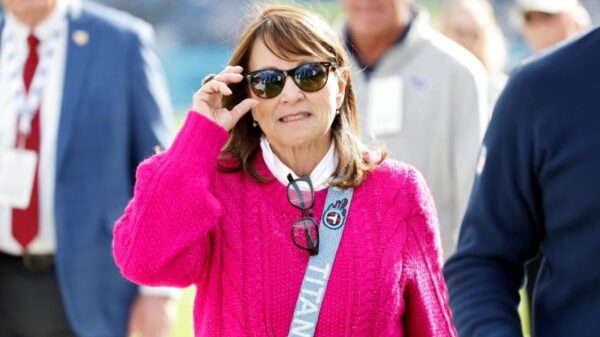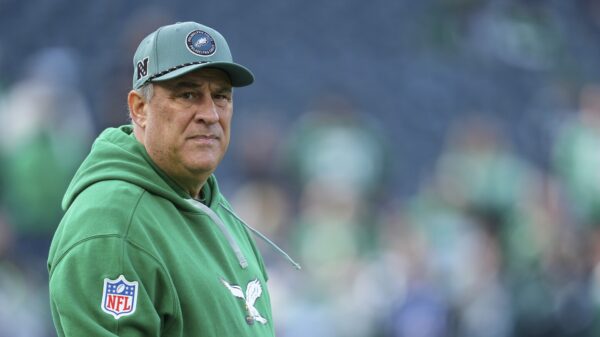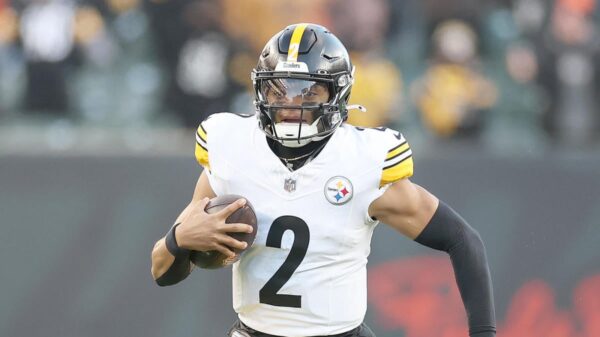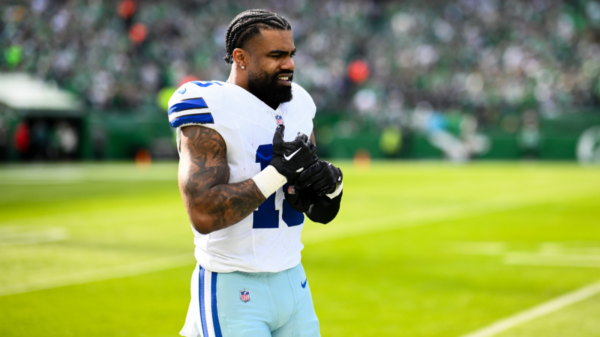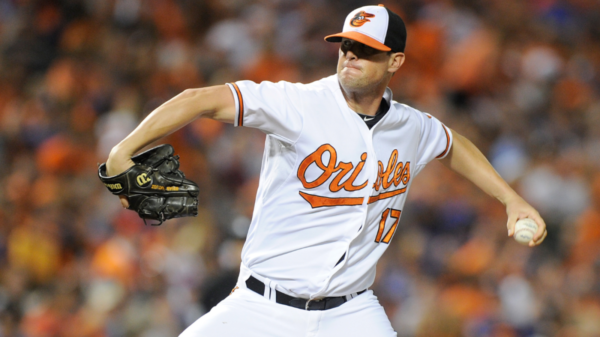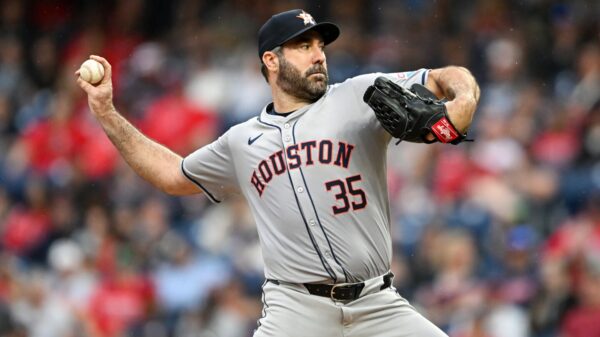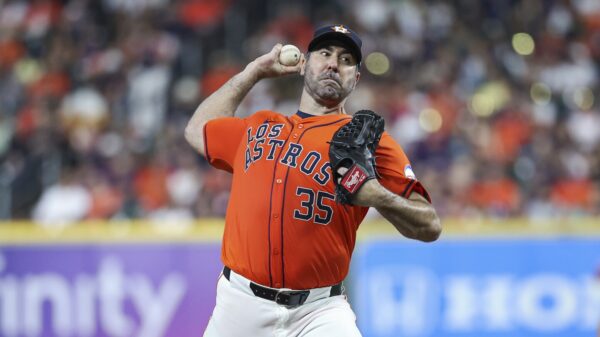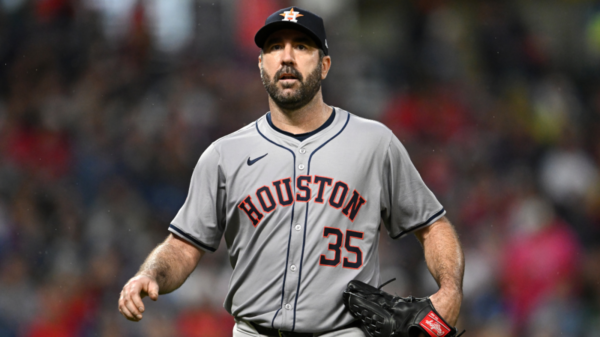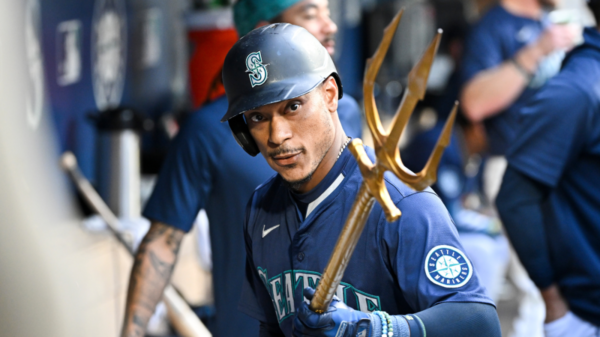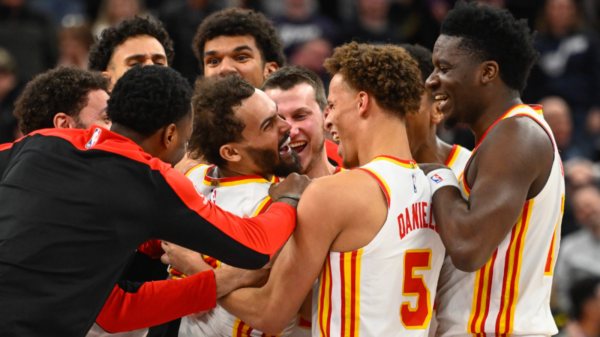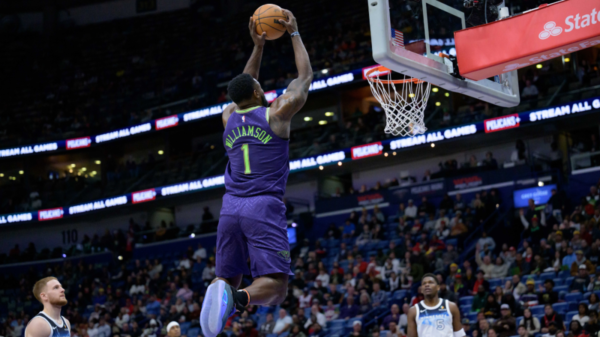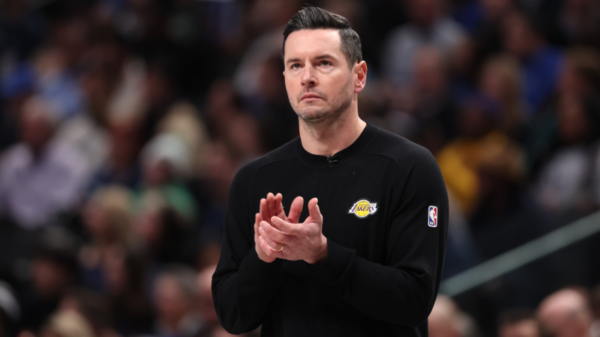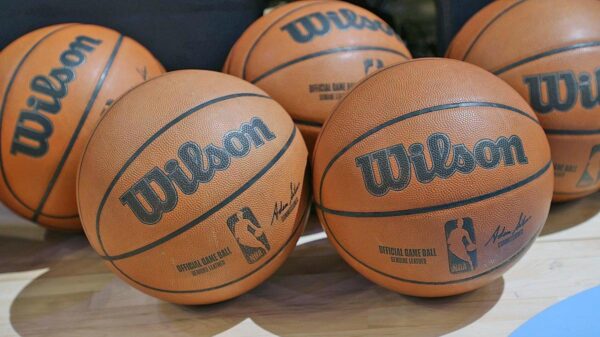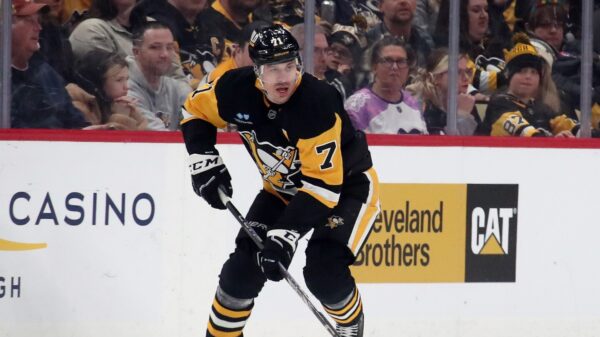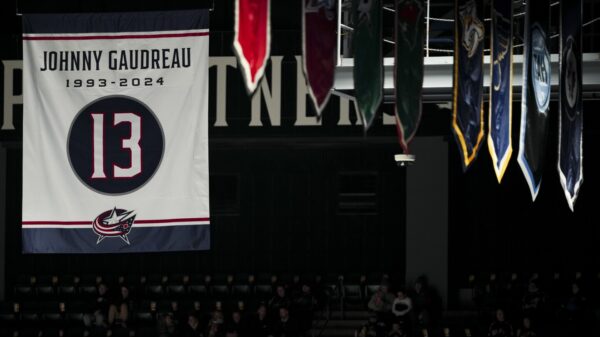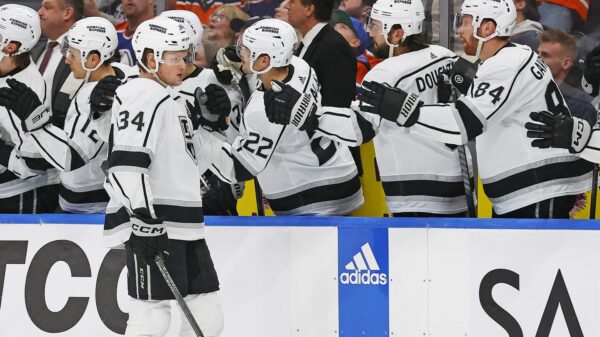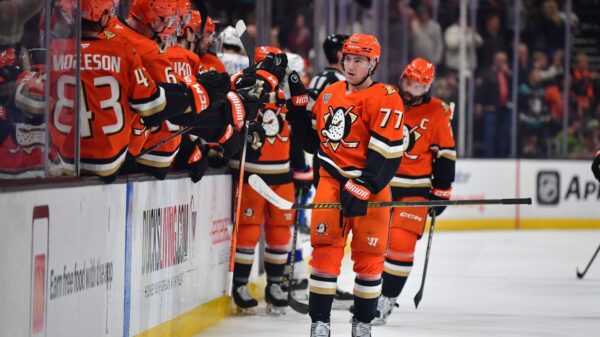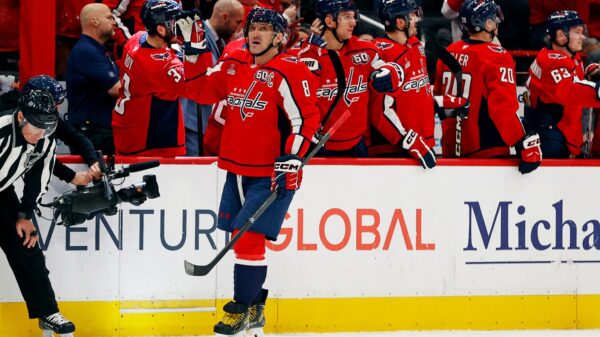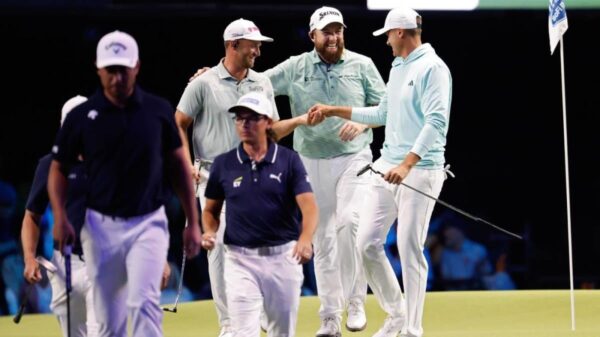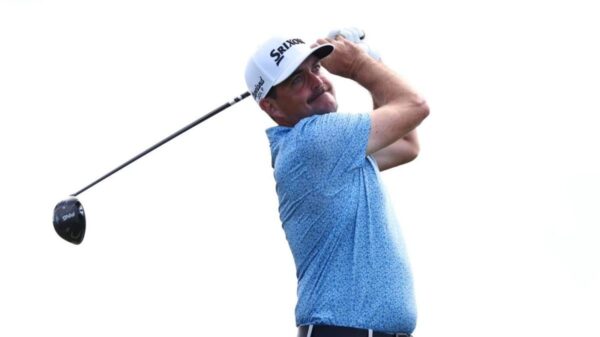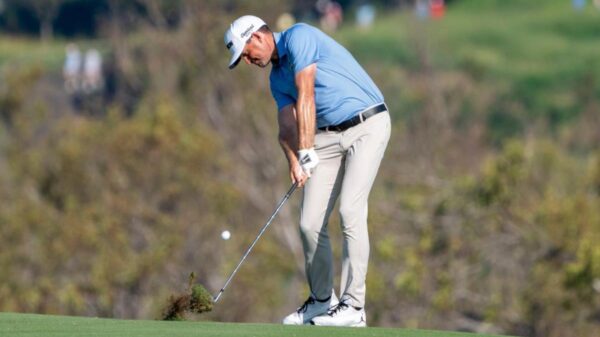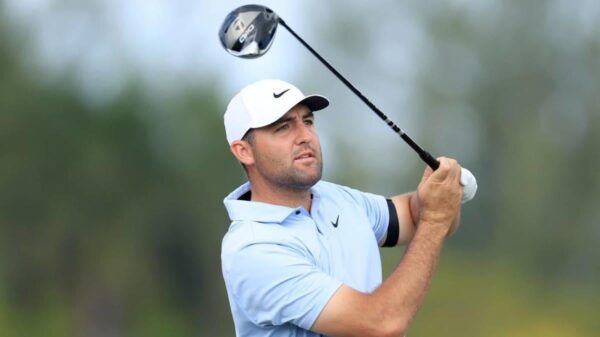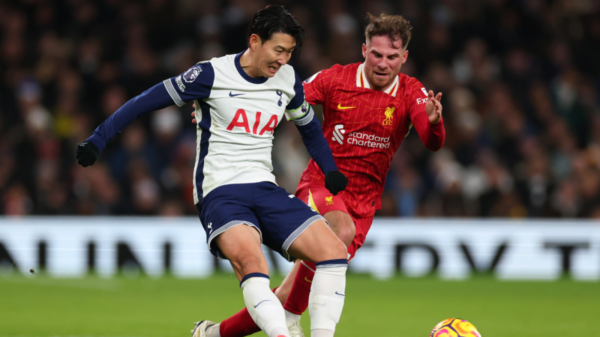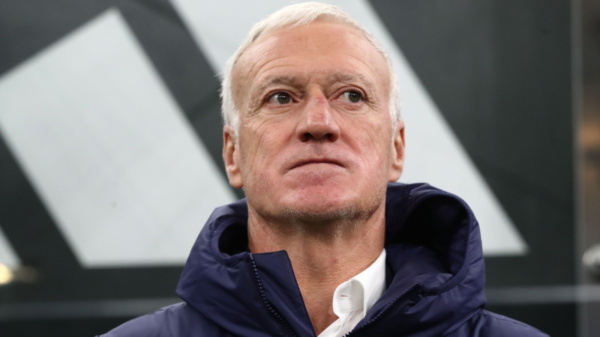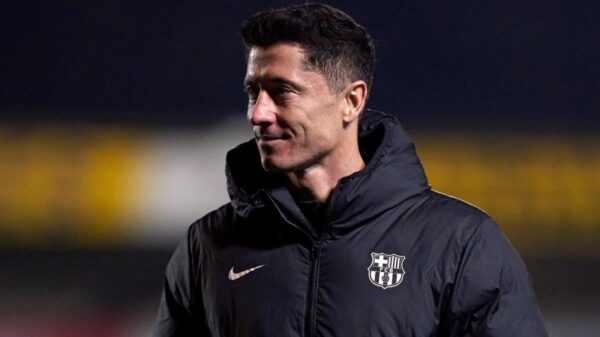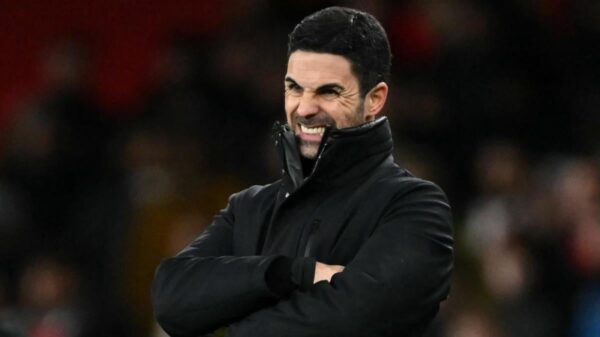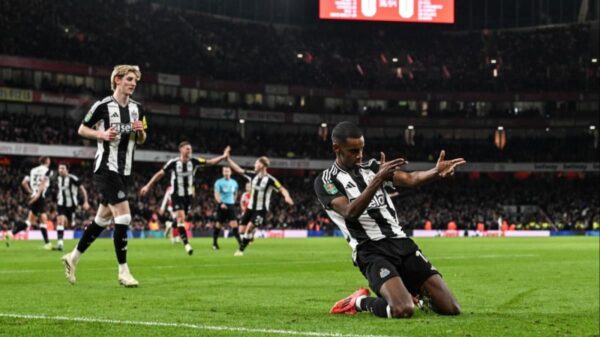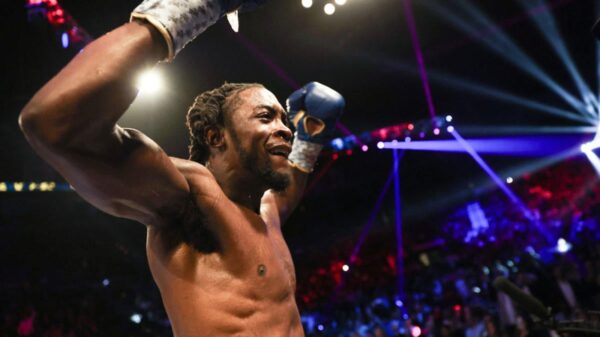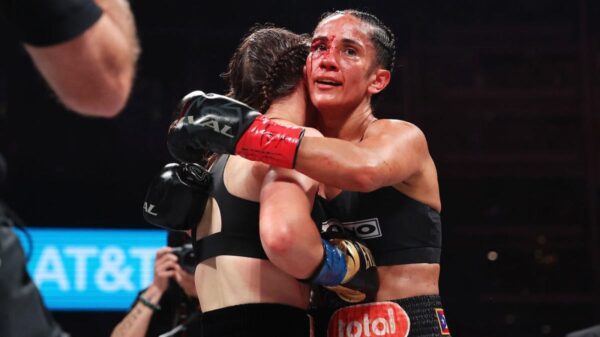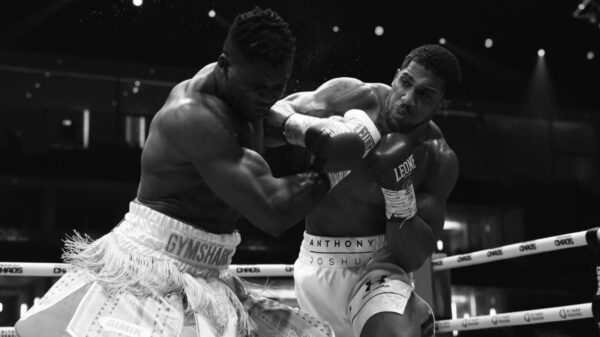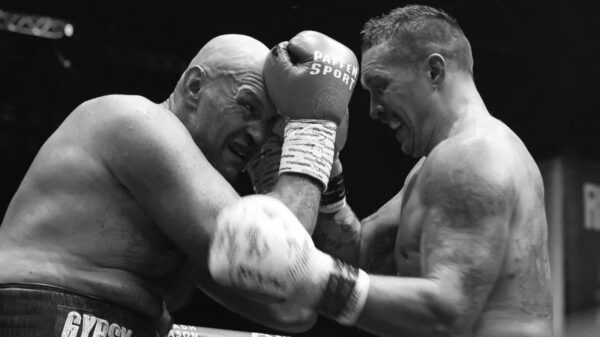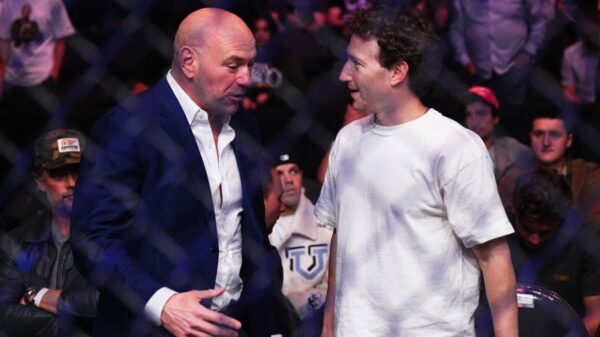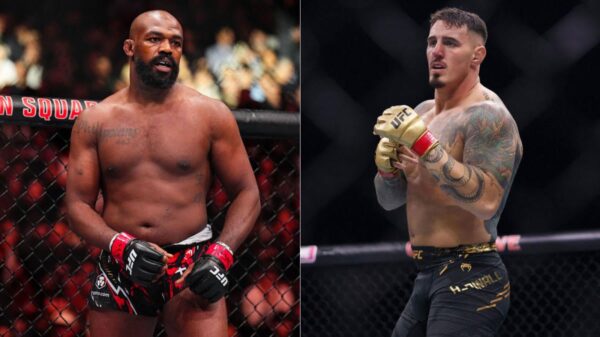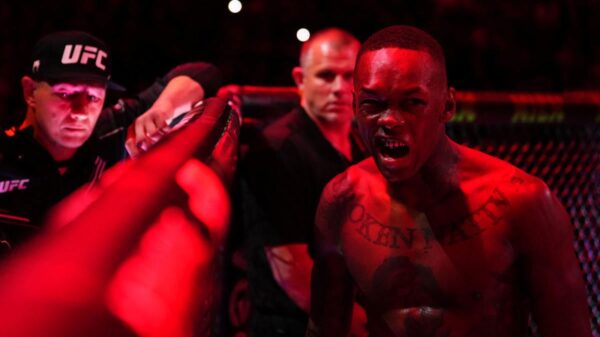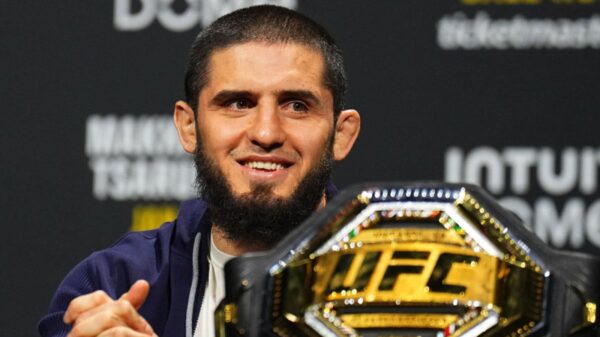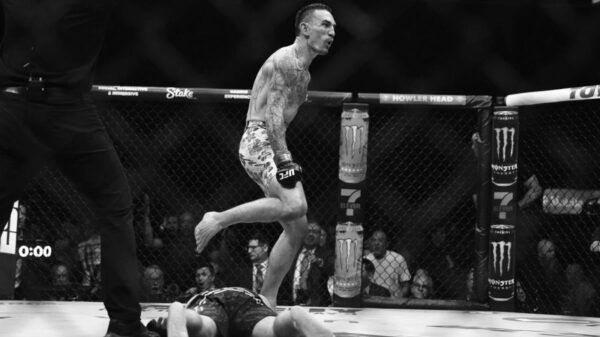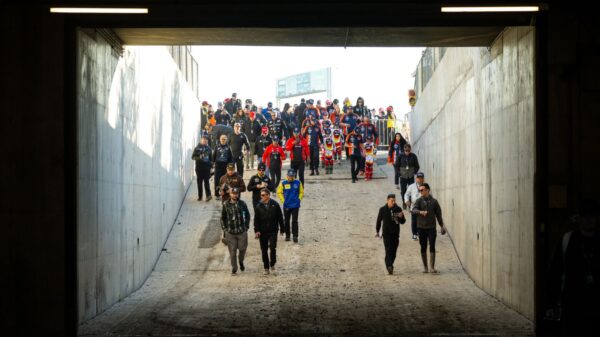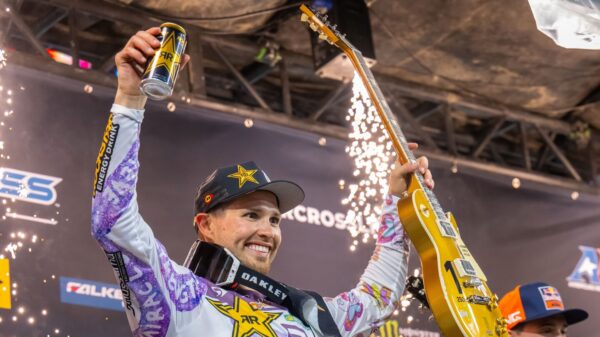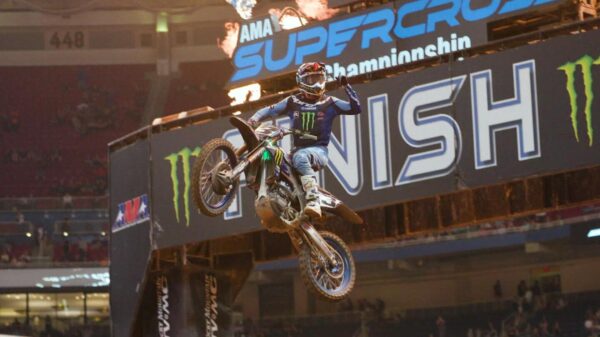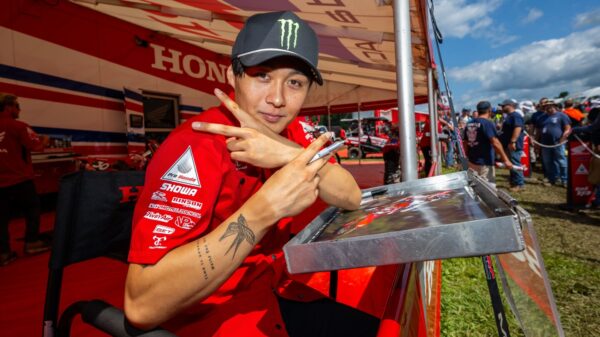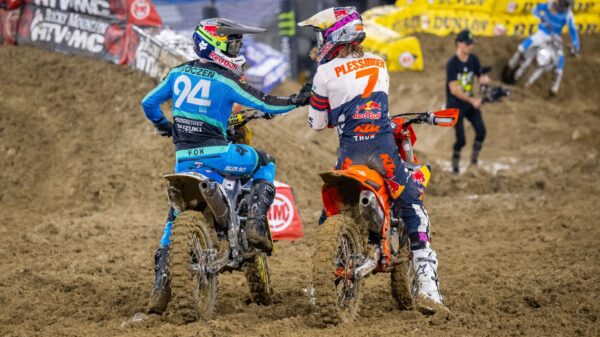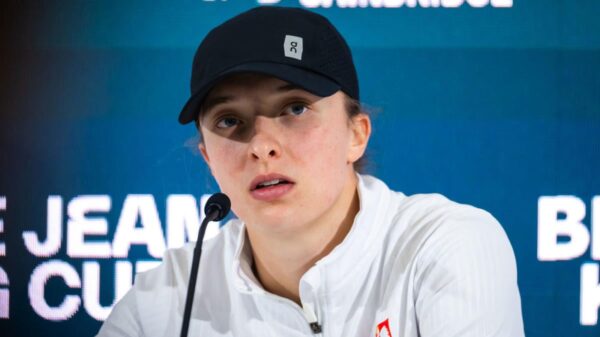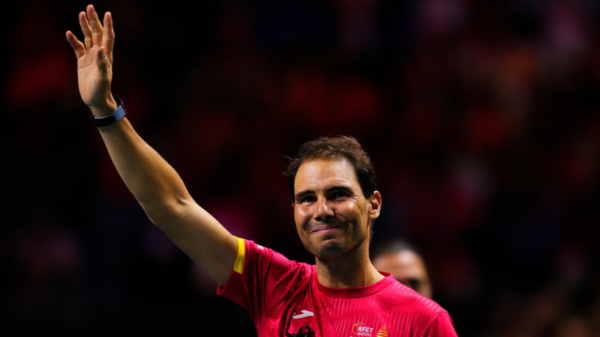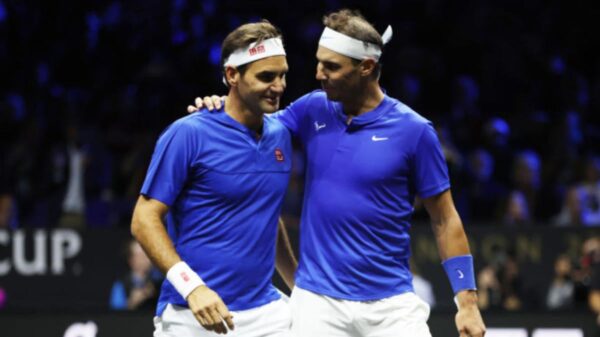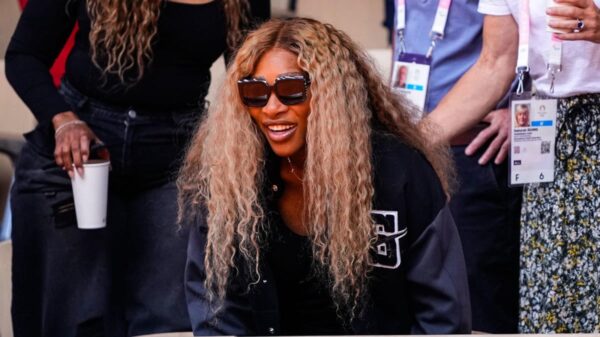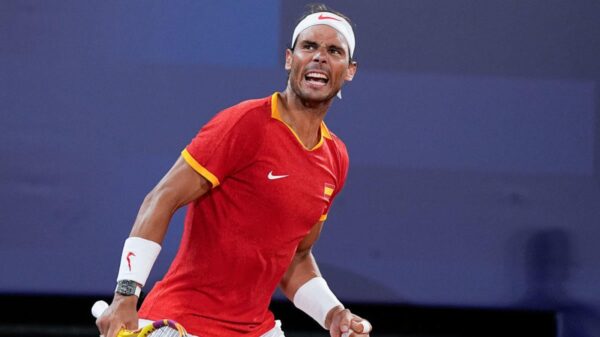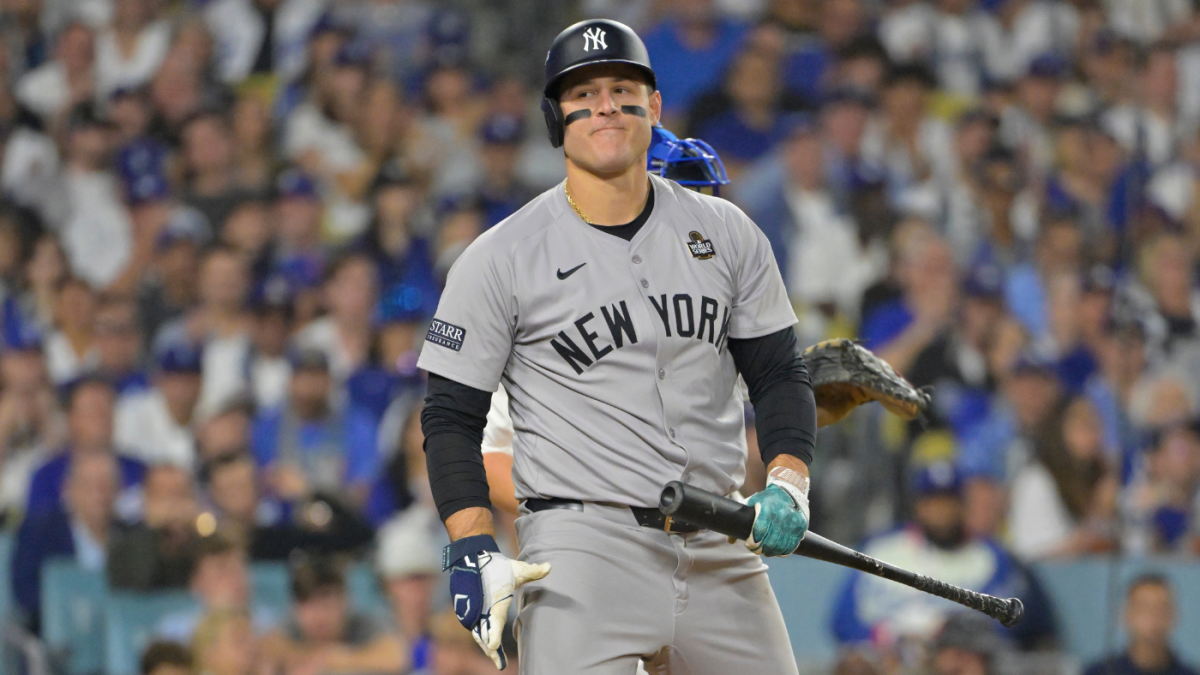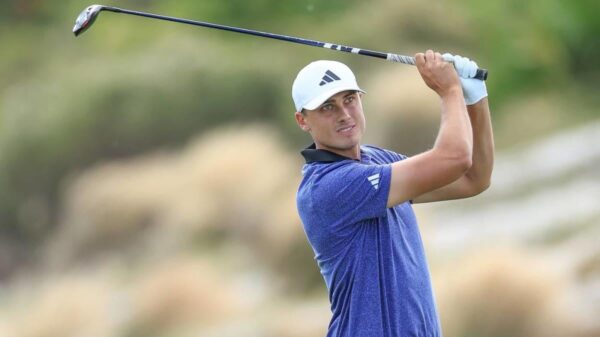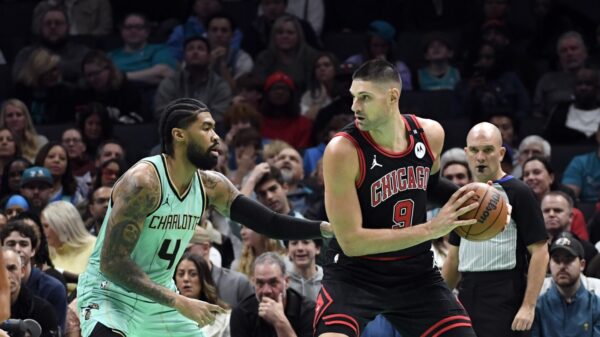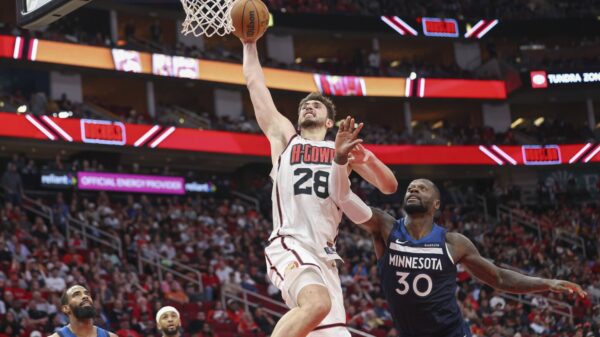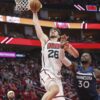As the World Series shifts the scene and setting to the Bronx for Games 3 and 4 and perhaps 5, the New York Yankees are faced with the disagreeable reality of being down 2-0 to the Los Angeles Dodgers. Since the World Series is a best-of-seven affair, this means – urgent bulletin and high-level mathematics forthcoming – that the Yankees must win four games before the Dodgers win two more, otherwise their aspirations of a 28th world championship will go unrealized this year. At this point, the question becomes: What do the Yankees need to do to make this minor miracle come to pass? Let’s explore as the pinstripers return home to long odds. Consider what follows to be comeback imperatives for the New York side.
1. Win Game 3
The writer will give you a moment to recover from such surpassing insight. Yes, the first step is the most basic and obvious one when trying to mount a playoff comeback. The Yankees need to forget the defensive miscues and Freddie Freeman’s walk-off grand slam of Game 1 and the missed ninth-inning opportunities of Game 2 and make this a 2-1 series on Monday night. Doing so would quite obviously change the scope of the series. Right now, the Yankees are down 2-0 in this best-of-seven series after opening on the road. Historically, teams facing those exact circumstances across all of MLB postseason history have gone on to win the series in question just 18% of the time. But what happens if the Yankees win Game 3? Teams down 2-1 in a best-of-seven MLB postseason series after opening on the road go on to win that series 24.7% of the time, or roughly one in four. Those still aren’t good odds, but they’re better than what the Yankees presently face.
And if they lose Game 3 and go down 0-3? The Yankees are acutely aware of what happens next. Of the 40 teams ever to have been in such a tight spot, only one – the 2004 Red Sox at the expense of the Yankees in the ALCS – have come back to win the series. A Game 3 win for New York becomes even more vital when viewed through that particular lens.
Speaking of all this, here’s a sliver of optimism for the Yankees and their partisans. According to WhoWins.com, teams in the Yankees’ current straits – to repeat, down 0-2 after opening the best-of-seven series on the road – have gone on to win Game 3 62.3% of the time. History suggests the Yankees have a good chance to take this first necessary step toward a World Series comeback.
2. Get something, anything from Aaron Judge
The Yankees’ superstar slugger churned out another sky-scraping regular season with 58 home runs, an OPS+ of 223 (!), and a WAR of 10.8. Judge is going to win AL MVP honors for the second time in his career, and he might do so unanimously. In these playoffs and especially this World Series, however, Judge has been far from his usual self. Going into Game 3, Judge has a line of .150/.280/.325 in 50 plate appearances this postseason. Through the first two games of the World Series, he’s slashing a grimly symmetrical .111/.111/.111. Specifically, he’s 1 for 9 with six strikeouts. Juan Soto can do only so much on his own, and Judge has to find a more customary level at the plate if the Yankees are going to make this a series.
Yes, the sample size is small, but the collapse of Judge’s plate discipline and swing decisions raise concerns that can’t be glibly waved away by citing that tiny sample size. Our very own Mike Axisa dove deeply into Judge’s struggles coming out of the Yankees’ Game 2 loss, and here’s one of his key takeaways when it comes to Judge’s eroding approach at the plate:
During the regular season, Judge swung at only 18.5% of pitches outside the zone, the second-lowest chase rate in baseball behind teammate Juan Soto. That number is up to 28.1% in the postseason, which is higher than the league average. His swinging strike rate has almost doubled from 12.9% during the regular season (league average) to 22.8% in the postseason (astronomical).
Through 11 postseason games, Judge is hitting .150/.280/.325 with a 38.0% strikeout rate. During the regular season, he struck out in 24.2% of his plate appearances, which is a tick more than league average and impressive for a hitter with this much power. As big as he is and as long as his swing is, Judge doesn’t swing and miss excessively, at least not during the regular season.
Is he “pressing,” as the default explanation for uncharacteristic October struggles typically goes? Is Judge concealing some underlying injury that’s compromising his bat-work while still allowing him to take the field? Or is this just a random stretch at exactly the wrong time? The answers to those questions are presently unknowable to us on the outside. What is knowable is that Judge needs to find vintage form starting Monday if the Yankees are going to come barging back.
3. Chase Walker Buehler early on Monday night
This plays into both of the above to varying degrees. The right-hander Buehler is slated to start Game 3 at Yankee Stadium for the Dodgers, and the Yankees need to make short work of him. That’s essential for not only seizing an early lead in Game 3 but also for the cascading effects insofar as the remainder of the L.A. pitching staff is concerned.
The Dodgers have been waylaid by rotation injuries this season, and they’re down to three healthy starting pitchers, of which Buehler is one. Roberts has been forced to run a bullpen game multiple times this postseason, and the expectation is that he’ll do so again for Tuesday’s Game 4. The Yankees can set the tone ahead of time by making the bullpen do the heavy lifting in Game 3. That, however, is achieved only by sending Buehler to the showers/replenishing bubble bath early. Assuming the Yankees force a Game 5, that will be three games in three days, and bullpen churn and fatigue could become an issue for Roberts and the Dodgers.
Buehler has been a mixed bag this postseason, and overall he’s struggled in 2024 – he just hasn’t been the same since returning from a second Tommy John surgery. Buehler returned to the Dodger rotation in May of this year, but a case of hip inflammation sidelined him from mid-June until mid-August. All of those things limited Buehler to just 16 starts in his comeback season, and the results weren’t promising. In those 16 starts, the 30-year-old Buehler pitched to a 5.38 ERA and an FIP of 5.54. As well, he struck out just 18.6% of opposing batters during the 2024 regular season (his career mark was 27% coming into 2024). Across two starts this postseason, he has a 6.00 ERA and a 4.61 FIP. In his last start, though, he held the Mets scoreless for four innings in Game 3 of the NLCS. The Yankees desperately need to manifest the “bad” version of Buehler and get into the Dodger bullpen by at least the fourth inning.
4. Avoid another gross tactical error from Aaron Boone like in Game 1
The baseball manager is not a tactically involved sort, unlike his football and basketball counterparts. As such, the primary duties are to put players in the best possible position to succeed and, more generally, to “first, do no harm.” Boone, the Yankees’ skipper, failed miserably on both counts in Game 1. That’s because, with two left-handed relievers at his disposal, he instead summoned starter Nestor Cortes to take the mound in the 10th inning with the game in deep danger. At this point, the writer will indulge in the unbecoming and quote himself from the aftermath of the series opener:
At this point, some background is in order. Cortes, while he does have relief experience, is primarily a starter and has been a primary starter since 2021. He also has made exactly one relief appearance since 2021. In other words, this is a pitcher who in recent years has become accustomed to working on a regular schedule and coming into clean innings – not max-leverage situations with the tying run in scoring position. More importantly, Cortes was seeing his first game action since he went down with an elbow injury on Sept. 18. Ideally, you’d prefer for Cortes to return to the mound for the first time in five weeks in a less fraught spot, or at least let him come in without runners on base. Yet that’s not what Boone did. Boone brought him with two on, an imperiled one-run lead, and one of the best hitters in the world at the plate. Yes, Cortes had the platoon advantage, but so much else was working against him.
You know what happened next, and what happened next was Freeman’s walk-off grand slam off Cortes. So, manager Boone, don’t do such a thing again if you want your team to muster a comeback. Instead, consider doing no harm.
Read the full article here

